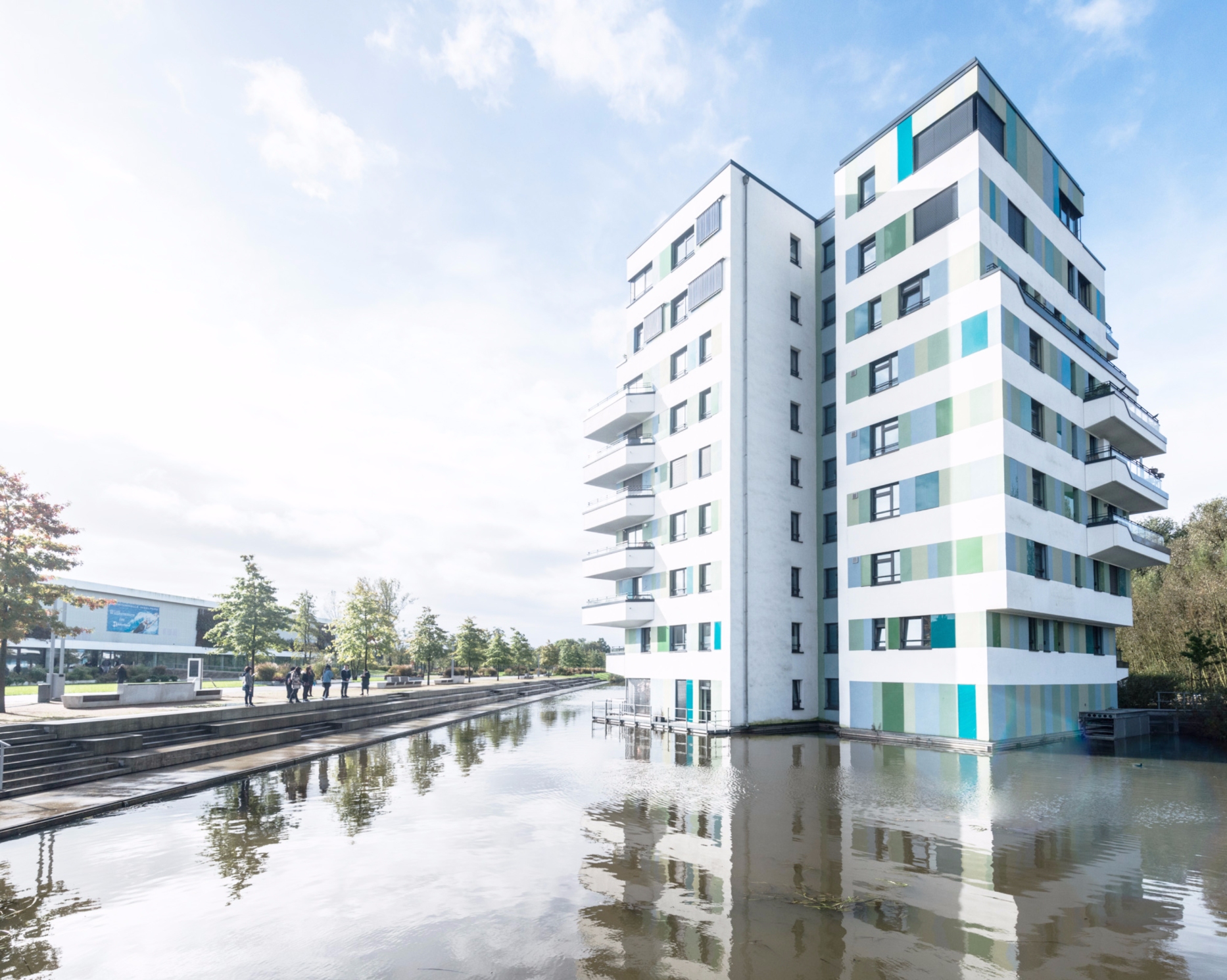FIELD TRIP
The Hanseatic city of Hamburg was chosen for the 2017 study trip. Back on a practice of many architectural offices.
A large part of the team boarded a plane bound for Hamburg in early October. The trip, three days on site, including the weekend was of course an opportunity to strengthen ties, but not only. This ritual, which takes place every two years in our office, also pursues ambitious objectives.

One of them is to create a common architectural reference, a kind of continuous formation through collective experience. For us, architecture studies and travel enrich each other. The first ones allow taking a hard look on a city and its buildings: organization of the territory, spaces, scales, volumes, light, etc. Travel, on the other hand, is a source of inspiration as an instrument for the architectural project. This is even more true when the trip is supervised by an expert who gives us the keys to quickly understand the factors that have influenced the genesis of buildings and future developments: geographical position, historical context, culture and significant events. They come to remind us that any project cannot be exported as is, but incredibly open the mind to the field of possibilities.


The other goal for an office like ours, which largely realizes what it draws, is to explore new materials and innovative construction methods, taking into account economic imperatives, societal issues and constraints related to the territory. In this sense, the meetings organized on the spot with public and private economic actors allow fruitful exchanges and enrich the range of our competences.



Emile Zola wrote, "Nothing develops intelligence like travel. ".
Our study trips are like his quote: broaden our vision by discovering new horizons. And share it to enrich it and put it at the service of our architectural projects.
© Corpus

